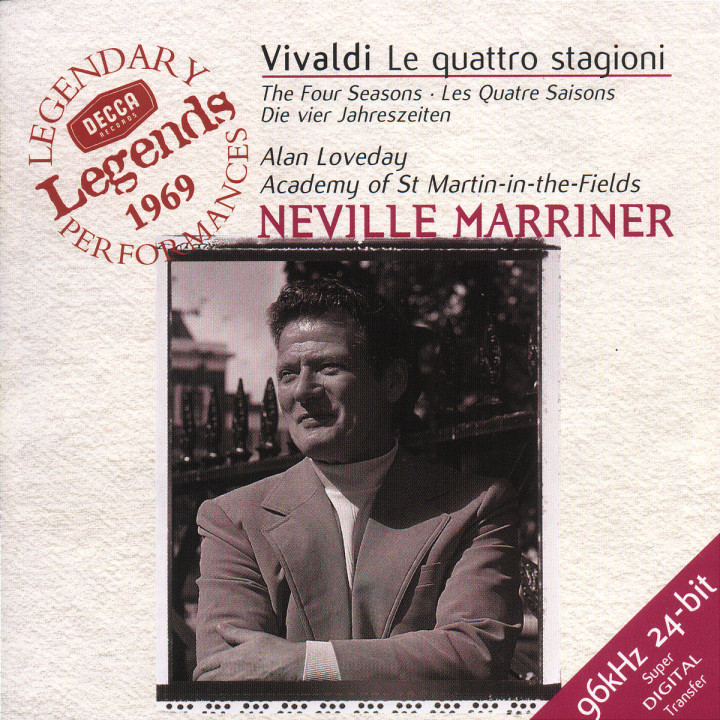
Vivaldi had set himself quite a challenge, but he’d also hit upon an idea that a lot of music theorists didn’t like. If you’ve ever wondered how on earth a composer can describe specific human interactions or states of mind, in an orchestral work without recourse to setting words, then you’re thinking on the very same quandary that was occupying the sizeable brain of Antonio Vivaldi in the early 1720s. The crux of the issue was musical ‘description’.

Like those other seismic cultural milestones, Vivaldi’s most popular concertos also changed the course of musical history. Stravinsky’s Rite of Spring, Beethoven’s Fifth… and yes, Vivaldi’s The Four Seasons. The Four Seasons: A Guide To Vivaldi's Radical Violin Concertos Listen to our recommended recording of Vivaldi’s The Four Seasons performed by Janine Jansen right now. Our guide to Vivaldi's The Four Seasons analyses the secret of the concertos’ runaway success and explains why this now-familiar music was so radical for its time. The four violin concertos broke new ground with their programmatic depiction of the changing seasons and their technical innovations. Vivaldi’s best-known work The Four Seasons, a set of four violin concertos composed in 1723, are the world’s most popular and recognised pieces of Baroque music. He introduced a range of new styles and techniques to string playing and consolidated one of its most important genres, the concerto.

Antonio Vivaldi’s (4 March 1678 – 28 July 1741) influence on the development of Baroque music was immense.


 0 kommentar(er)
0 kommentar(er)
